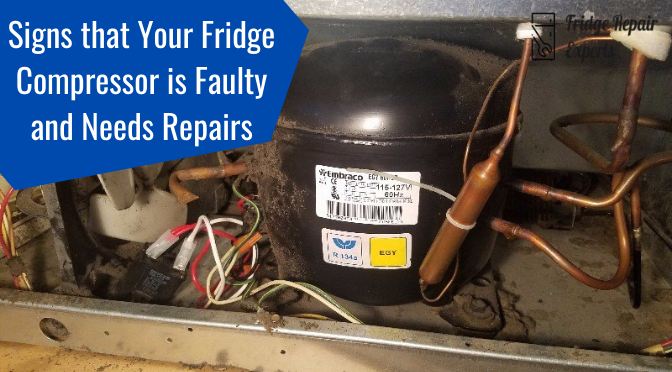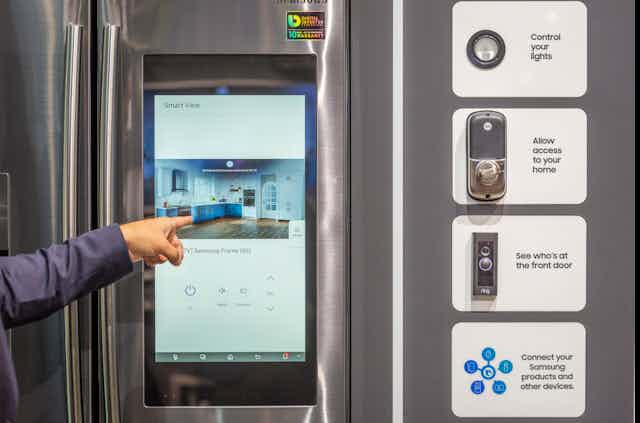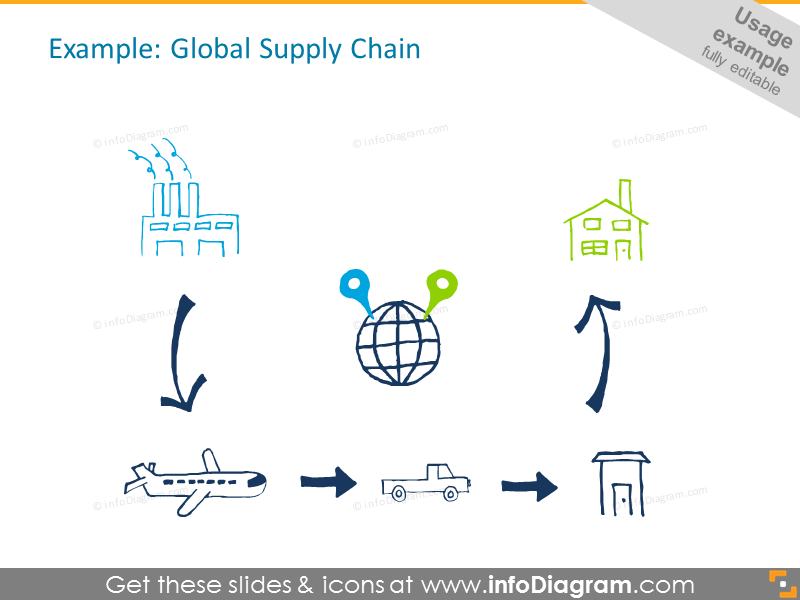I recently discovered that my LG refrigerator issues weren’t unique. A massive class action lawsuit against LG has emerged, representing thousands of consumers facing similar problems. This legal battle has far-reaching implications that go beyond just keeping our food cold.
The lawsuit primarily focuses on compressor failures in specific LG refrigerator models. Plaintiffs allege that LG knew about these defects but failed to disclose them to consumers. They’re seeking compensation for repair costs, food spoilage, and other related damages.
These aren’t just minor inconveniences we’re talking about. The problems run deep, with serious consequences for food safety and unexpected financial burdens. LG refrigerators involved in the lawsuit typically exhibit temperature control issues and compressor failures. These defects can lead to food spoilage, increased energy consumption, and potential health hazards.
Let’s break down the numbers. According to the lawsuit, LG refrigerators manufactured since January 1, 2018, and sold nationwide through major retailers are priced between $1,800 and $7,500, with most models in the $1,800–$3,500 range. That’s a significant investment for most households.
The visible problems are just the beginning. Temperature fluctuations in affected LG refrigerators can range from 10 to 30 degrees Fahrenheit. This isn’t just inconvenient – it’s potentially dangerous. Bacteria growth in food accelerates when refrigerator temperatures rise above 40°F (4°C). The USDA estimates that foodborne illnesses cost the U.S. economy over $15.6 billion annually. With faulty refrigerators, we could be looking at an increase in these numbers.
Energy consumption in faulty units can be up to 50% higher than advertised, leading to increased utility bills. A study found that faulty LG refrigerators can consume up to 1,000 kWh more per year than their energy rating suggests. This doesn’t just hit our wallets – it potentially adds millions of pounds of CO2 to the atmosphere annually.
Compressor failures often occur within 2-3 years of purchase, well before the expected lifespan of a refrigerator. This early failure rate is particularly frustrating given the cost of these appliances.
The impact on daily life is significant. The average American family wastes about $1,500 worth of food annually, a figure that can increase significantly with a faulty refrigerator. A malfunctioning refrigerator can lead to an additional $200-$400 in food waste per month for an average family. That’s a substantial hit to the household budget.
But it’s not just about the money. Dealing with appliance repairs and replacements can result in an average of 4-8 hours of lost productivity per incident. The stress related to appliance failures can contribute to decreased overall well-being and increased healthcare costs.

Source: Fridge Repair Experts
The emotional toll shouldn’t be underestimated. Studies show that dealing with malfunctioning appliances can increase stress levels by up to 20%. On average, consumers spend 3-5 hours on the phone with customer service for each major appliance issue. The uncertainty of potential food safety issues can lead to increased anxiety and sleep disturbances in affected households.
Let’s consider the Johnson family’s experience. They purchased an LG refrigerator in 2020, expecting it to last at least a decade. Within 18 months, they noticed their energy bills skyrocketing and food spoiling faster than usual. Upon investigation, they discovered their fridge was consuming nearly double the energy it was rated for, leading to unexpected costs and environmental impact.
This situation raises important questions about consumer rights and corporate responsibility. How much should we expect from the products we buy? When does a manufacturing issue become a breach of consumer trust?
| Issue | Impact | Potential Consequence |
|---|---|---|
| Temperature Fluctuation | 10-30°F range | Food spoilage, health risks |
| Energy Consumption | Up to 50% increase | Higher utility bills, environmental impact |
| Compressor Failure | Within 2-3 years | Costly repairs or replacement |
The digital age has added another layer of complexity to this issue. Smart refrigerators can collect and transmit data on usage patterns, temperature settings, and even grocery inventories. This integration of IoT technology in appliances raises new questions about product liability and consumer rights.
Your smart fridge might know more about you than you think. These appliances can potentially collect data on food consumption habits, shopping patterns, and even voice commands. This data can be valuable for marketing purposes, with some estimates valuing individual consumer data at up to $1,500 per year.
Source: YouTube
The privacy implications are significant. Some smart refrigerators have been found to collect data even when specific features are disabled by the user. This unauthorized data collection can potentially violate laws like the California Consumer Privacy Act (CCPA) and the EU’s GDPR.
It’s not just about privacy – it’s about trust and transparency. The legal definition of ‘consent’ in the context of smart appliances is still evolving, creating ambiguity in many cases. Current laws regarding data collection by smart appliances are often unclear or outdated, leaving consumers vulnerable.
The issue of software updates adds another wrinkle to this situation. Software updates for smart refrigerators can introduce new features, but may also slow down older models or make them incompatible with newer smart home systems. Some manufacturers have been accused of using software updates to deliberately degrade performance in older models, encouraging consumers to upgrade.
This practice raises questions about planned obsolescence. The average lifespan of a refrigerator has decreased from 20-30 years in the 1970s to 10-15 years today, partly due to increased complexity and planned obsolescence. Is this a necessary consequence of technological advancement, or a deliberate strategy to drive sales?
The right to repair movement has gained traction in response to these issues. Many smart refrigerators use proprietary software and components, making DIY repairs nearly impossible. The cost of professional repairs for smart refrigerators can be up to 50% higher than for traditional models. Some manufacturers have been accused of using software locks to prevent third-party repairs, a practice that’s currently under scrutiny in several states.

Source: The Conversation
The global nature of manufacturing adds another layer of complexity to this issue. LG’s refrigerator components are sourced from multiple countries, including South Korea, China, and Mexico. This complexity of global supply chains can make it difficult to pinpoint the exact source of product defects.
A single refrigerator can contain components from up to 50 different suppliers across multiple countries. Quality control standards can vary significantly between different countries and suppliers. The average refrigerator contains over 1,000 individual parts, making comprehensive quality control extremely challenging.
Tracing a faulty component can involve reviewing records from multiple countries, often in different languages and formats. Some countries have less stringent record-keeping requirements, creating gaps in the traceability chain. The average time to trace a faulty component back to its source in a global supply chain is 2-3 months.

Source: InfoDiagram
International standards and compliance add another layer of complexity. There are over 50 different international standards that can apply to refrigerator manufacturing. Compliance requirements can vary significantly between markets, potentially leading to different quality levels in different countries. The cost of ensuring compliance with all applicable international standards can add up to 5-10% to the manufacturing cost of a refrigerator.
The legal challenges of pursuing action against a multinational corporation are significant. Class action lawsuits involving multinational corporations often involve legal proceedings in multiple countries. The average duration of an international class action lawsuit is 3-5 years, significantly longer than domestic cases. Legal costs for cross-border lawsuits can be 2-3 times higher than for domestic cases due to the need for international legal expertise.
Determining jurisdiction in international cases can involve complex legal doctrines like forum non conveniens. Some countries do not recognize class action lawsuits, potentially excluding affected consumers in those jurisdictions. The choice of jurisdiction can significantly impact potential damages, with some countries capping liability for consumer lawsuits.
Consumer protection laws can vary widely, with some countries offering significantly stronger protections than others. The statute of limitations for filing consumer complaints ranges from 1 to 10 years depending on the country. Some countries require mandatory arbitration for consumer disputes, potentially limiting the ability to participate in class action lawsuits.
So, what happens when the dust settles? Class action settlements can take various forms, including cash payments, extended warranties, or product replacements. The average settlement in appliance-related class action lawsuits ranges from $20 to $500 per affected consumer.
But monetary compensation isn’t the only consideration. Non-monetary settlements can include changes to company policies, improved customer service, or product redesigns. The value of non-monetary settlements can be difficult to quantify but can often exceed the value of cash payouts. Some settlements include provisions for ongoing monitoring and reporting to ensure compliance with agreed-upon changes.
Extended warranty settlements can add 1-5 years of additional coverage for affected consumers. Some settlements include provisions for expedited repair services or loaner appliances during repairs. The cost to manufacturers of providing extended warranties can be 2-3 times higher than cash settlements.
Corporate accountability measures can include regular audits of manufacturing processes and quality control procedures. Some settlements require companies to appoint independent monitors to oversee compliance with settlement terms. The cost of implementing and maintaining corporate accountability measures can range from 1-5% of a company’s annual revenue.
The ripple effect of this lawsuit could be significant. Major class action settlements often lead to industry-wide changes in manufacturing and quality control practices. The threat of similar lawsuits can motivate other companies to proactively address potential issues in their products. Industry associations often develop new voluntary standards in response to high-profile lawsuits and settlements.
Successful class action lawsuits can lower the legal barriers for similar cases, potentially increasing the number of consumer-led actions. Courts often refer to previous case outcomes when making decisions, potentially influencing judgments in future lawsuits. The average time for a legal precedent to significantly impact industry practices is 2-3 years.
Industry-wide reforms often include the development of new testing protocols and quality assurance measures. Manufacturers may increase their R&D budgets by 10-15% in response to high-profile quality control issues. Collaborative industry initiatives to address common issues can emerge, potentially leading to new industry standards.
While Ultra Law specializes in personal injury cases, the principles of consumer protection are universal. Personal injury law firms often have transferable skills applicable to consumer protection cases, including negotiation and litigation expertise. The average success rate for personal injury claims is around 70%, which can be indicative of potential success in consumer cases. Law firms specializing in individual rights often have established networks with expert witnesses and investigators crucial for building strong cases.
If you’re facing issues with a faulty appliance or believe you’ve been affected by unfair business practices, don’t hesitate to reach out. Ultra Law’s team is ready to discuss your situation and explore your legal options. Remember, in many cases, you don’t pay unless we win. Call us today for a free consultation.
Learnings Recap
- Class action lawsuits like the LG case can have far-reaching implications beyond individual consumers
- The complexity of modern appliances and global supply chains creates new challenges for consumer protection
- Settlements in such cases often involve more than just monetary compensation, potentially leading to industry-wide changes
- Understanding your rights as a consumer is crucial in navigating today’s complex marketplace
- Legal expertise, even from firms not directly involved in class actions, can be valuable in protecting consumer rights




